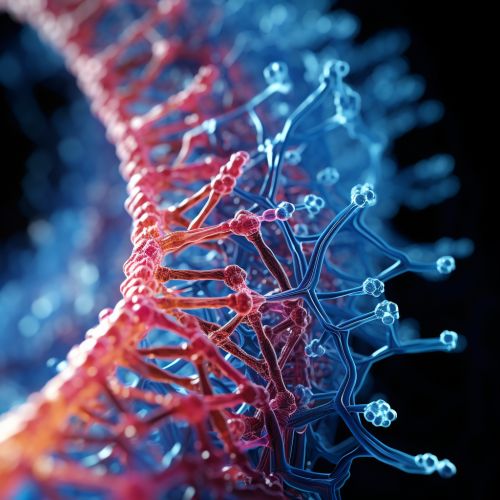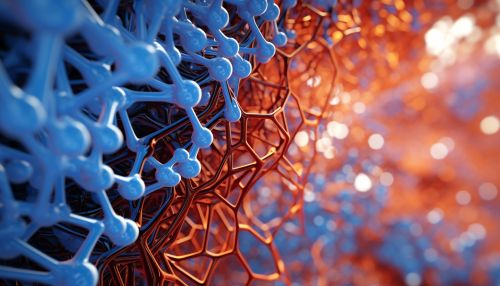Interleukin 1 receptor
Overview
Interleukin 1 receptor, also known as IL1R, is a type of protein that plays a crucial role in the immune system. It is part of the interleukin 1 receptor family and is involved in various immune responses, inflammatory processes, and hematopoiesis. This receptor specifically binds to interleukin 1, one of the families of cytokines that are produced by leukocytes, monocytes, and macrophages to promote inflammation.


Structure
The structure of the interleukin 1 receptor is complex and unique. It consists of an extracellular domain, a transmembrane domain, and an intracellular domain. The extracellular domain is responsible for binding to the interleukin 1 molecule, while the transmembrane domain anchors the receptor in the cell membrane. The intracellular domain is involved in signal transduction, transmitting the signal from the interleukin 1 molecule to the inside of the cell.
Function
The primary function of the interleukin 1 receptor is to bind to interleukin 1 and initiate a series of intracellular events that lead to an immune response. When interleukin 1 binds to the receptor, it triggers the activation of the intracellular domain, which then activates a series of signaling proteins. These proteins ultimately lead to the activation of transcription factors that regulate the expression of genes involved in inflammation and immune response.
Role in Disease
Abnormalities in the function of the interleukin 1 receptor can lead to a variety of diseases. For example, mutations in the gene encoding the receptor can result in an increased susceptibility to certain types of infections. Additionally, overexpression of the receptor can lead to excessive inflammation, which can contribute to the development of autoimmune diseases such as rheumatoid arthritis and lupus.
Research and Therapeutic Potential
Due to its role in inflammation and immune response, the interleukin 1 receptor is a potential target for therapeutic interventions. Several drugs that inhibit the function of the receptor are currently in development, with the aim of reducing inflammation in conditions such as rheumatoid arthritis and lupus. Additionally, the receptor is being studied as a potential target for cancer immunotherapy, as it may play a role in tumor growth and progression.
